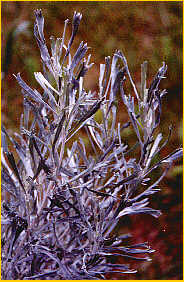|
|
|
American Vetch Balsamroot Bull Thistle Butter & Eggs Canada Goldenrod Cattail Common Plantain Dandelion Dwarf Dogwood False Solomons Seal Fireweed Great Mullein Indian Paintbrush Lady Fern Lupine Oxeye Daisy Pineapple Weed Red Clover Sagebrush Salal Stinging Nettle Tiger Lily Wild Rose Wood Strawberry Yarrow Yellow Water Lily Animals Birds Fish Wildflowers Trees Survival Parks Trails |
British Columbia Outdoor Wilderness Guide
|
 Follow Us On Facebook List of BC Adventure Advertisers Site Info
Advertise With UsAwards About Us Contact Us Free Vacation Guides
BC Vacation GuidesCoastal Vacations Thompson Okanagan EcoTourism Fishing Vacations Guest Ranch Guide Romantic Getaways Wilderness Vacations Winter Vacations The Rockies Guide Login |
|||||
|
|||||||
